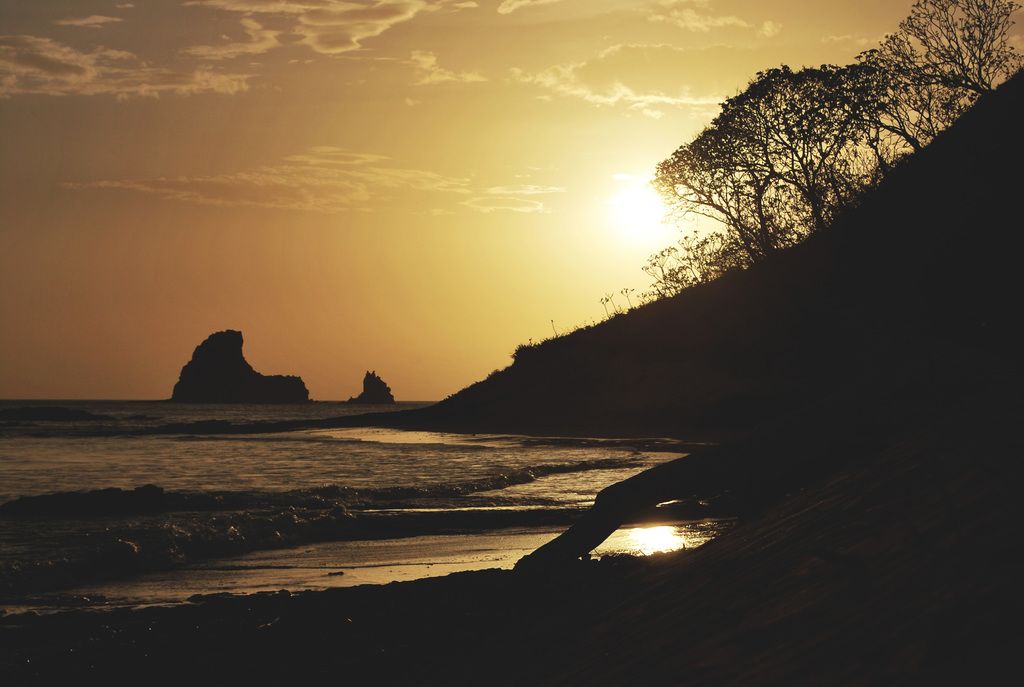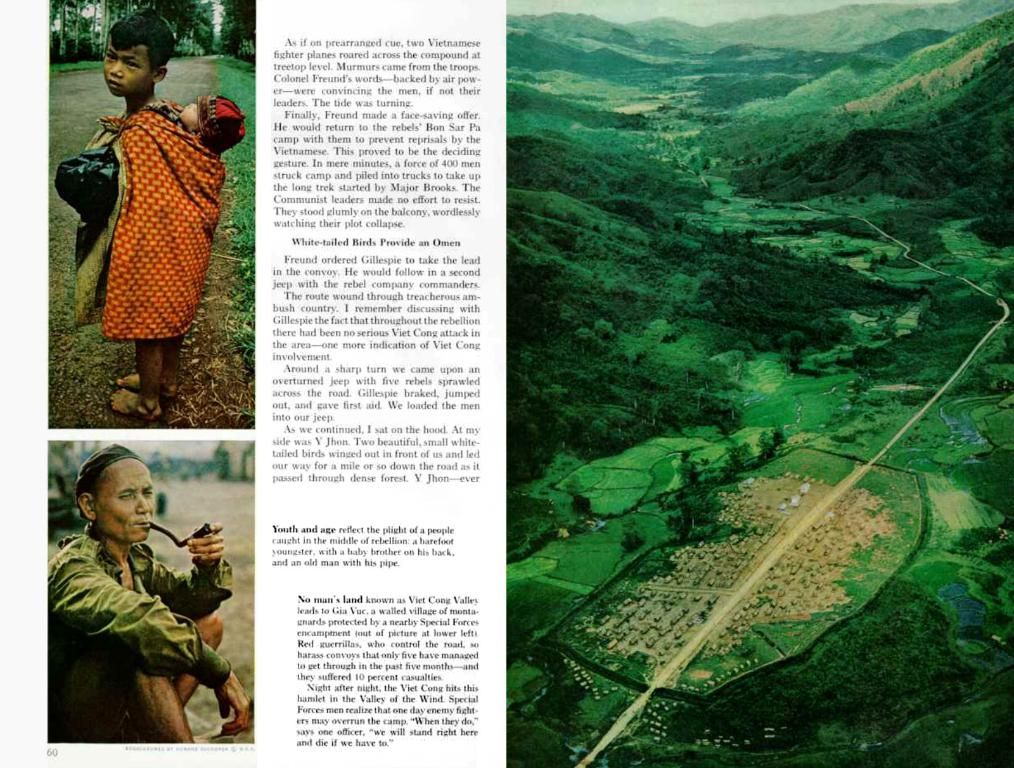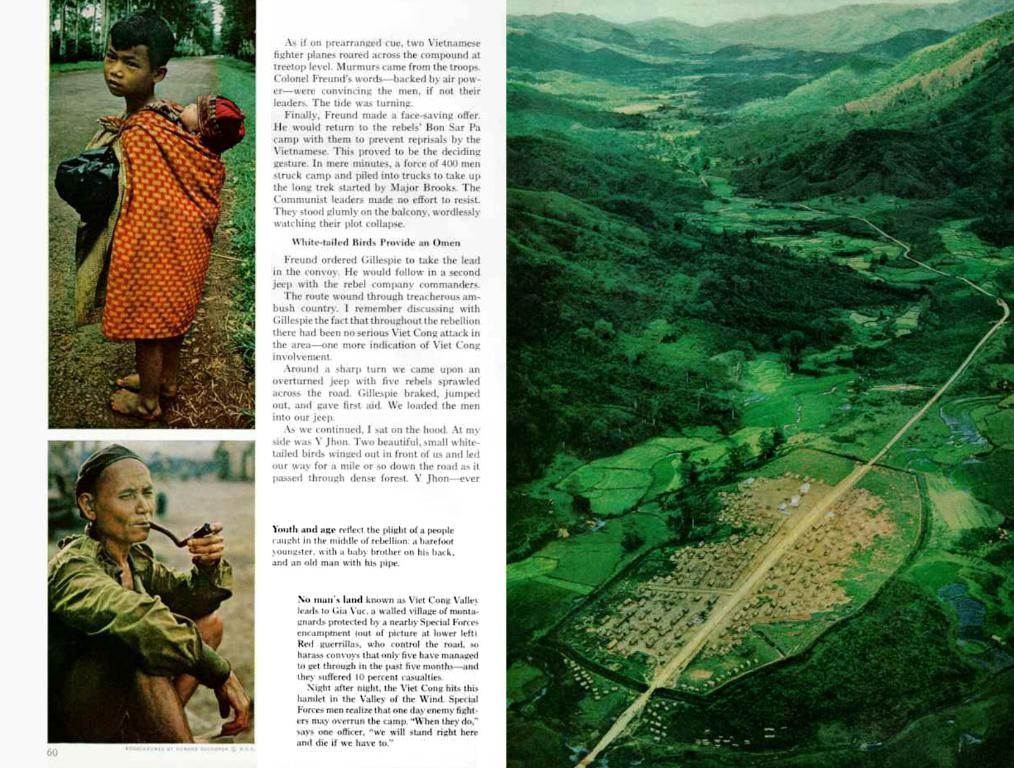Top-Rated Lenses Ideal for Capturing Delectable Food Images
Let's Dish On The Best Lenses For Awe-Inspiring Food Pics
If you're after top-notch lenses for capturing mouth-watering food photos, you've landed on the right plate! Like other photography niches where real-life authenticity matters, focus length and camera sensor size play vital roles when shooting edibles.
Before you jump into purchasing lenses for your food photography adventures, let's get one thing straight: sensor size really counts a lot, especially for pros. So, many experts will advise you to invest in a full-frame camera to cover various photographic needs.
But even if you're rocking a cropped sensor, consider buying lenses compatible with full-frame cameras, so you'll still have them handy when you upgrade your gear. Ready to roll? Here are our top 5 lens picks for food photography, assuming you've got a full-frame camera:
5 Food Photography Lenses You Need to Check Out:
- 50mm Prime Lens Dubbed the "nifty fifty," this bad boy is a fantastic all-rounder for every photographer and photography style, including food snaps. The Sony FE 50mm F/1.8, for instance, is affordable, lightweight, and can nail sharp focus while whipping up stunning bokeh.What sets the 50mm apart? Its fixed focal range offers a normal perspective and field of view similar to human vision, resulting in minimal distortion. Just be sure to shoot from a comfortable distance to avoid any visual hiccups.How to use a 50mm prime lens for food photography:
- Utilize its wider field of view for table shots, flatlays, and other composite images.
- Capture a wide scene and crop your main subject out in post-processing to achieve a "closer" and "flatter" shot without distortion.
- Use it in low light situations, where its large maximum aperture of f/1.8 will let in more light.
- 60mm Macro Lens When you want your food photos to deliver crisp details and a focal length similar to 50mm with macro qualities, a 60mm macro lens is a solid choice. With its macro optics and maximum apertures ranging from f/2.8 and up, this lens captures light effectively and offers a short minimum focusing distance for close-up shots. Try the Nikon 60mm f/2.8G AF-S Micro NIKKOR AF ED, for instance!How to use the 60mm macro lens for food photography:
- Get close to your main food subject and take overhead shots.
- Shoot at a 24- to 45-degree angle and include more elements to fill the frame.
- Use large apertures and shoot with f/2.8 for sharp focus and delightful bokeh quality.
- Leverage its macro capabilities to zoom in on details.
- 100mm/105mm Macro Lens Whether you're capturing close-ups or just need a lens for impromptu food photography sessions, a 100mm or 105mm macro lens is a handy option. Not only does it give you additional detail and accuracy in your food photos, but it also allows you to shoot from a greater distance. Top lenses here include the Canon EF 100mm f/2.8 USM Macro AF Lens and the Nikon 105mm f/2.8G ED-IF AF-S VR Micro NIKKOR Lens.How to use the 100mm/105mm macro lens for food photography:
- Shoot with a tripod to attain tack-sharp focus, as longer focal lengths can magnify small movements.
- Snap your key shots from above at angles between 25- and 45-degrees without worrying about unflattering distortions.
- Use f/5.6-f/8 to achieve just enough dramatic depth of field that puts other elements out of focus without blurring them out too much.
- 24-70mm Zoom Lens If you're a newcomer to food photography and want to experiment with different focal lengths, the 24-70mm zoom lens is a highly adaptable choice. It offers a pretty wide range that allows flexibility in composition, potentially eliminating the need for additional lenses.If you also delve into other photography genres that can benefit from this focal range, you'll be hitting two birds with one stone. For a versatile option that takes on outdoor pics too, check out the weather-resistant Pentax HD D-FA 24-70mm F2.8 ED SDM WR.How to use the 24-70mm zoom lens:
- Make use of the zoom range to frame your overhead shots correctly.
- Move back when shooting at 24mm to minimize unattractive wide-angle distortions.
- Shoot from a tripod and go handheld at will!
- 85mm/90mm Tilt-Shift Lens Sure, this might seem a bit unconventional, but if you've got the dough to give it a go, the tilt-shift lens could quickly become your ideal lens for food photography. Manual focus tilt-shift lenses, like the Canon TS-E 90mm f/2.8 or the Nikon PC-E NIKKOR 85mm f/2.8D, offer precise control over the perspective and plane of focus, making it easy to isolate dishes and correct perspective to eliminate distortions.How to use the 85mm/90mm tilt-shift lens for food photography:
- Locate the dish's most flattering angle and frame it before adding other elements.
- Experiment with composition and focus on wherever your main subject is in the frame.
- Remember to angle the camera parallel to the ground and reframe by tilting the lens, as you should with a tilt-shift lens, to achieve life-like images.
And there you have it - five fantastic lenses to elevate your food photography game. Keep in mind that these suggestions will depend on your tastes and shooting style. So mix, match, and play around to discover which lens(es) best fit your unique aesthetic!
To further level up your food photography skills, check out the following AdoramaTV episode featuring professional food photographer Rick Gayle:
Adorama
Enrichment Data:
Overall:The choice of lens is crucial in food photography, influencing quality and versatility. Here are some of the best lens options suitable for both full-frame and cropped sensor cameras, offering high-quality images with minimal distortion and versatile focal lengths:
Prime Lenses
- Nikon 50mm f/1.4 G (Full-frame): Offers a natural perspective with creamy bokeh, ideal for capturing detailed food images[1].
- Nikon 35mm f/1.8 (Crop sensor): Compact, versatile, and suitable for tight spaces and overhead shots for cropped sensor cameras[1].
- Sigma 35mm f/1.4 Art: Known for ultra-sharp images, excellent color rendering, and low-light performance, making it suitable for both full-frame and cropped sensor cameras[1].
Zoom Lenses
- Canon EF 24-70mm f/2.8L II USM: Offers flexibility in composition, ideal for overhead shots, and suits full-frame cameras (but can be used with a crop sensor with an adapter)[3].
- Nikon Z 24-70mm f/2.8 S (Full-frame): Provides similar versatility for Nikon users, ensuring high-quality images across various focal lengths.
Macro Lenses
- Canon EF 100mm f/2.8L IS USM Macro: Ideal for close-up shots with high detail, though it may require a learning curve[3].
- Nikon AF-S VR Micro-NIKKOR 105mm f/2.8G IF-ED: Suitable for full-frame cameras, offers high detail, and is ideal for capturing textures and intricate details in food photography[2].
These lenses are selected for their ability to provide high-quality images with minimal distortion, offering versatile focal lengths that can adapt to different shooting scenarios in food photography. Whether you're using a full-frame or a cropped sensor camera, each of these options can enhance your photography experience.
- A full-frame camera, with its larger sensor size, offers better flexibility and image quality for food photography, making it an ideal choice for both pros and enthusiasts.
- The 50mm Prime Lens, like the Sony FE 50mm F/1.8, is an all-rounder suitable for various photography styles, including food photography, providing a normal perspective and sharp focus for mouth-watering food pictures.
- If you need a lens with minimal distortion and crisp details for close-up food shots, consider the Nikon 60mm f/2.8G AF-S Micro NIKKOR AF ED, which offers a focal length similar to 50mm with macro qualities.
- A versatile 24-70mm Zoom Lens, such as the Pentax HD D-FA 24-70mm F2.8 ED SDM WR, offers flexibility in composition and can potentially eliminate the need for additional lenses, making it an excellent choice for food photography newcomers.
- For those looking to invest in an unconventional yet high-quality lens for food photography, the Canon TS-E 90mm f/2.8 or Nikon PC-E NIKKOR 85mm f/2.8D tilt-shift lenses may be worth considering for their precise control over perspective and plane of focus.




